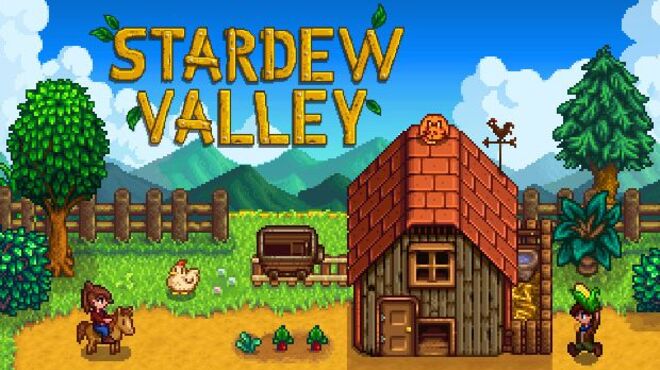

- EAZY MAC GIB6ERISH DOWNLOAD TORRENT DOWNLOAD UPDATE
- EAZY MAC GIB6ERISH DOWNLOAD TORRENT DOWNLOAD CODE
Sketch's official way for the user to manage plugins is, however, for them to download the plugin manually - often from a GitHub repository - then, double-click on the main plugin file (which copies it into Sketch's plugin folder), then to open the in-app "Manage Plugins" dialogue, and enable the plugin.
EAZY MAC GIB6ERISH DOWNLOAD TORRENT DOWNLOAD UPDATE
If plugins are so vitally important to Sketch, you'd expect the app to have fantastic plugin management features - like a way to search, instal and update plugins in-app.

EAZY MAC GIB6ERISH DOWNLOAD TORRENT DOWNLOAD CODE
This means that the quality of the code is not high, and as updates are rolled out, many plugins break. Many of the plugin developers, however, seem to be well-intentioned amateurs, who are trying to address the shortcomings of the program as best as they can. Sketch's own documentation starts by encouraging prospective developers to learn by exploring the code of existing plugins.Īdding to this difficulty is the fact that Sketch's API keeps changing - as they fix bugs and add necessary features - and developers have to keep updating their plugins in order to keep them working. This means, that the developer trying to produce plugins for Sketch should expect a *very* steep learning curve. Although widely used on the web, Javascript is a notoriously tricky and difficult language for newbies to learn, and Cocoa is a gigantic framework.

Unfortunately, Sketch plugins are written basically in Javascript, and use a Javascript-Cocoa bridge to access native MacOS functionality. So, with so much relying on plugins, we would expect Sketch's plugin architecture to be solid, and their developer support to be nothing short of stellar. Need to have auto-stacking, grid layouts? Plugin. Want standard colour palettes - like Material Design, or Pantone? A plugin. Need icons from FontAwesome? Get a plugin. Want to document your layout with notes? You should get a plugin. But once the image is applied as a fill, there is no way to export it, so it can be used in your actual html or code (you have to export the 'shape'). There are wonderful plugins that can, for instance, download an image automatically from Unsplash, and apply it as a background fill to one of your shapes. In fact, there are limitations, gaps and omissions *everywhere* in Sketch. none of them actually work well, because of limitations in Sketch itself. Although several plugins have been created to try to address that - "Button", "Adjust Button Shape", "Dynamic Button Symbol", etc. For instance: there is *no way* to create symbol buttons that automatically resize when the text is changed. Although Sketch has 'Symbols' - i.e., "master elements" that you can use multiple times in your design, overriding content but keeping styles - these don't work as expected. This forces the user to have to download a plugin in order to have 'proper' resizing functionality - such as "Fluid" or the better "Auto Layout".īut the bugs and lack of functionality don't end there. Resizing options are hard to understand, and buggy, often not allowing you to have the resizing effect you need. Sketch's "Resize" function is, however, limited and buggy: it does not resize items based on your canvas size (only on container groups). If I want to create full-blown animations from my static designs, that is another.Īn app that is designed for mocking up user interfaces of websites should, however, have pretty solid built-in *auto-resizing* tools - tools which should help me align and resize my layout elements to fit into different sized canvases. If I want my designs to be automatically uploaded to some third-party online sharing service, that is a good use-case for a plugin. Plugins should address edge use-cases, which might not be interesting or financially viable for the developer to cater for. This is an app that has what are now long-standing, frustrating omissions and faults.Īn app should have all the functionality its users need 'out-of-the-box', and should not rely on extensions and plugins to provide functionality that core users may consider 'essential'. Unfortunately, IMHO, that is not the case. Add to this the fact that Sketch should be receiving a healthy injection of cash from its 'subscription-ware' business model, and you'd expect a solid, refined and feature-full application. There are now dozens of plugins adding features to the app, and integrating it with external third-party services. Sketch has become the 'de facto' tool for UI design - i.e., for producing mockups for both mobile apps, as well as websites.


 0 kommentar(er)
0 kommentar(er)
